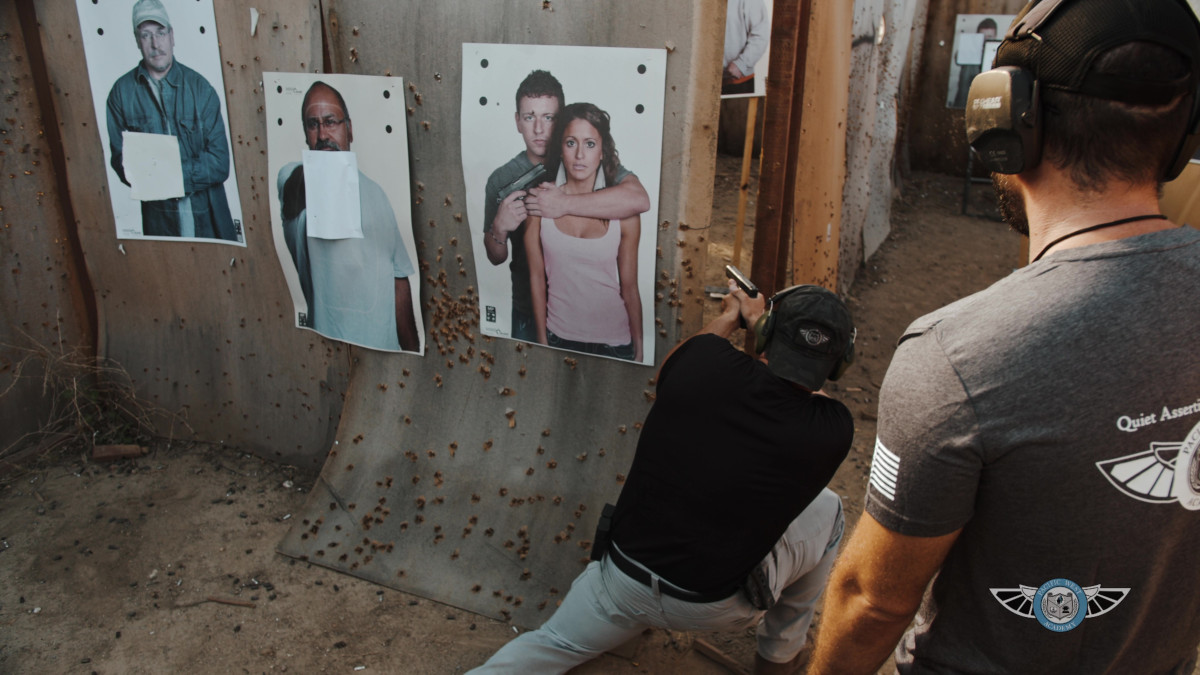

The Crucial Role of Tactical Training in Executive Protection
Strategic Excellence: The Crucial Role of Tactical Training in Executive Protection
The Expansiveness and Importance of Tactical Training in Executive Protection
High-profile clientele often need a well-oiled machine of professional security agents capable of swift and strategic action. Tactical training becomes an essential part of any team’s ability to keep a client safe or quickly pull them to safety from near or far.
What is Tactical Training?
Tactical training goes beyond basic training and focuses on developing the skills, knowledge, and mindset required for effective decision-making and action in dynamic and hostile settings.
Foundations of Tactical Training
Tactical training takes conventional approaches to security and hones them. Those versed and conditioned for it can apply these concepts in a moment’s notice. From threat assessment and counter-surveillance to defensive driving and emergency medical response, a well-rounded tactical training program equips security personnel with the tools needed to navigate diverse and unpredictable scenarios.
Executive protection training programs like the CESS program at Pacific West Academy takes military concepts and emphasizes and reframes their approaches for the civilian world.
For example, at PWA, students will dissect tactical subjects and learn how they’re adjusted for civilian environments. Here are a few examples:
- Live-Fire Exercises – Allows agents to apply their skills in realistic and high-pressure situations. These exercises involve the use of live ammunition and simulate combat scenarios, providing hands-on experience and fostering confidence in students ability to react effectively under fire.
- Detail Planning and Execution – Agents learn how to analyze the terrain, assess potential threats, and develop strategies to establish air-tight security. This includes understanding a threat’s potential capabilities and intentions.
- Advanced Weapon Handling – Agents undergo further firearm training among other specialized equipment. This includes proficiency in marksmanship, the ability to deploy a weapon system from various positions, and the ability to navigate malfunctions.
- Tactical Emergency Casualty Care (TECC) – Agents learn response and care procedures for patients in a civilian tactical environment. It is designed to decrease preventable deaths in a tactical situation. Beyond the EP field, in a practice setting, students at Pacific West Academy go through a mock, night-club setting when a shooting breaks out to assess and grade students on their approach and execution of medical actions under pressure.
Adaptability in Dynamic Environments
Executive protection is not a one-size-fits-all endeavor. The environments in which high-profile individuals operate can vary drastically, from corporate boardrooms to night-club environments. Tactical training instills adaptability in security personnel, allowing them to fluidly transition between different settings and respond effectively to evolving threats. Advanced tactical training keeps an executive protection team vigilant and ready to act.
Decision-Making Under Pressure:
One of the hallmarks of tactical training is the emphasis on decision-making under pressure. In high-stakes situations, split-second choices can make the difference between safety and vulnerability. Tactical training hones the ability to analyze and assess risks swiftly, enabling security personnel to make informed decisions in real-time. This aspect is particularly crucial in executive protection, where the safety of individuals is paramount.
Communication and Coordination
Clear and concise communication is necessary prior to and during a detail — there is no room for ambiguity when it comes to the security of a client. Tactical training places a strong emphasis on clear and concise communication within the team. This includes not only verbal communication but also non-verbal cues and understanding the nuances of team dynamics. Coordination among team members ensures a synchronized response to potential threats, minimizing vulnerabilities and maximizing protection.
Technology Integration
With the advancements of software and smartphone technology, tactical training in executive protection incorporates tech more than ever before to elevate discretion and stealth. Integrating technology into tactical methods ensures that security personnel are equipped to handle modern threats in an increasingly digital world. However, proper tactical training will equip agents with the strategies to use in case tech tools fail.
Scenario-Based Training
Tactical training is most effective when it mirrors real-world scenarios. Scenario-based training immerses security personnel in lifelike situations, allowing them to apply their skills and knowledge in a controlled environment. This hands-on approach not only enhances technical proficiency but also builds the confidence required to tackle challenges head-on.
Continuous Improvement and Evolution
The security landscape is dynamic, with new threats emerging regularly. Tactical training in executive protection is not a one-time event; it’s a commitment to continuous improvement. Regular updates on emerging threats, evolving tactics, and advancements in security technology ensure that security personnel stay ahead of the curve, adapting to new challenges as they arise.
Tactical training transforms security personnel into a proactive, adaptable, and highly skilled force capable of navigating the complexities of safeguarding high-profile individuals, estates, and businesses.
If you’re interested in elevating your tactical training and want to break into the security or executive protection fields, see if Pacific West Academy’s CESS program is right for you. Visit PWA.EDU to learn more and chat with a recruiter.
